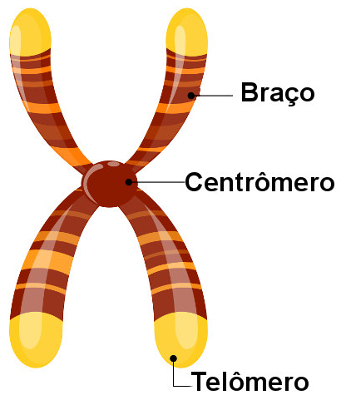We always hear that proteins are important, that some foods contain protein, that there are protein-based diets. But, after all, what is a protein?
At proteins are substances formed by a set of amino acids linked together through peptide bonds. Amino acids are molecules formed by carbon, hydrogen, oxygen and nitrogen, in which an amine group (-NH) is found.2) and a carboxyl group (-COOH). There are only 20 types of amino acids, which combine in different ways to form different proteins. We call a polypeptide a long chain of amino acids. Each protein is made up of one or more polypeptide chains.
We can classify proteins into two main types: fibrous and globular. In fibrous proteins, the polypeptide chains are coiled together like a rope. As an example, we can mention keratin, a protein present in nails and hair. In globular proteins, the polypeptide chains fold into a more or less spherical shape. As an example, there are antibodies and enzymes.
Given the complex molecular structure of a protein, we can classify it according to its level of organization. We say that the primary structure of a protein is the type of amino acid and its sequence in a polypeptide chain. We call it a secondary structure when the protein is normally coiled into a helix. The tertiary structure, on the other hand, is the one in which proteins begin to fold, forming globular proteins. Finally, we have the quaternary structure, in which proteins that have two or more polypeptide chains are organized and intertwined in a tertiary structure.
Do not stop now... There's more after the advertising ;)
At proteins they are substances that perform the most diverse functions in the body, even participating in the composition of cells. There is no biological process in which a protein is not involved. Among the functions assigned to proteins, we can mention:
- Act as enzymes – These proteins are capable of speeding up a particular chemical reaction. As an example of enzymes, we can mention salivary amylase, which acts in the breakdown of starch, and lactase, which acts in the breakdown of lactose;
- Muscular contraction - Muscle contraction only occurs thanks to the action of two proteins: myosin and actin;
- Hormones –They act in the most diverse functions of the organism and, for the most part, are composed of proteins. Example: insulin;
- Antibodies – Proteins that act in the defense of our body;
- Coagulation – Fibrin (a protein) forms a network that blocks the blood from passing;
-Oxygen transport - Hemoglobin is a protein responsible for transporting oxygen.
By Ma. Vanessa dos Santos
Would you like to reference this text in a school or academic work? Look:
SANTOS, Vanessa Sardinha dos. "What is protein?"; Brazil School. Available in: https://brasilescola.uol.com.br/o-que-e/biologia/o-que-e-proteina.htm. Accessed on June 27, 2021.



